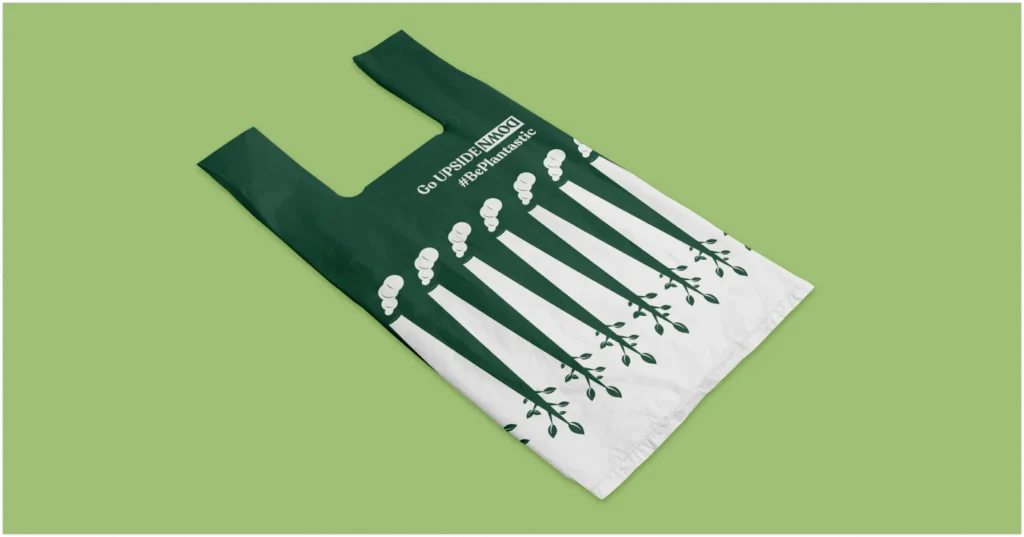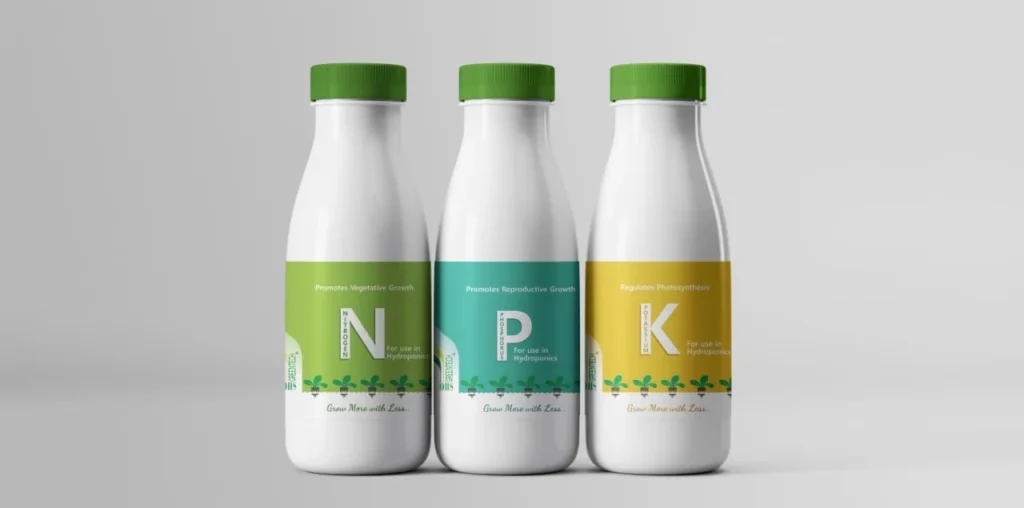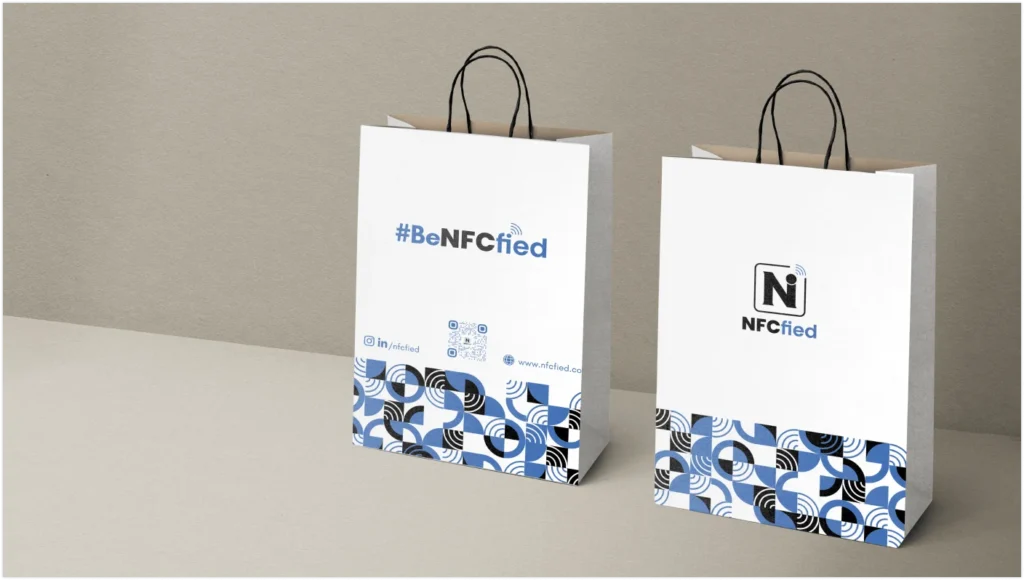Introduction
Selecting the appropriate packaging for your products is important for more reasons than just looks. It is essential for safeguarding your goods, making them more appealing to customers, and even having an effect on the sustainability of the environment. Your choice of packaging should be both economical and practical, while also representing your brand identity. Making an informed choice is influenced by several factors, including utility, design, eco-friendliness, and material selection. We’ll look at how to balance these factors in this guide to determine the best packaging option that complements your brand and core beliefs.

Importance of Packaging
- Packaging primarily serves to protect the product during handling, storage, and transit.
- Product packaging is far more than a container.
- It plays a critical role in a product’s journey from manufacturer to consumer.
- It prevents harm from occurring, guaranteeing that it gets to the consumer undamaged. However, packing is not just for protection.
- By drawing attention to itself on shelves and communicating corporate identity through design and content, it serves as a silent salesperson.
- An attractive box may spark interest, convey the worth of a product, and provide a favorable first impression that affects decisions to buy.

Factors to consider:
Product Requirement:
Protection: The main purpose of packing is to keep your goods safe. Take into account your product’s dimensions, weight, and fragility. To make sure it survives transportation and handling, would it need special compartments, cushioning, or a particular material?
- Functionality: Consider the opening, usage, and resealing (if applicable) of the packaging. Can buyers simply reach the product without tampering with it or fumbling with tricky closures?
Target Audience:
- Demographics: Knowing the age, gender, and hobbies of your target client will assist you customize the design. While a sleek, Simple style could appeal to adults purchasing digital products, a bright, fun design might be more appropriate for children’s toys.
- Needs and Values: Take into account what your target audience finds appealing. Do they care about the environment? Do they place more value on style or convenience? Packaging that reflects their ideals can establish a bond with consumers and influence their purchasing decisions.
Brand Image:
- Brand Identity: Packaging should represent your brand in a positive light. Use colors, fonts, and logos that match your brand’s image. A premium beauty product would not be packaged in a flimsy cardboard box, and solid outdoor equipment would not be wrapped in flowery packaging.
- Brand messaging: The package serves as a communication instrument. Use clear and simple wording to communicate the product’s benefits and brand story. Highlight essential characteristics, products, or ethical practices that appeal to your target audience.
Environmental Impact:
- Sustainability: Today’s consumers are more environmentally friendly. Opt for materials that are recyclable, biodegradable, or compostable whenever feasible. Consider reducing packing size and using recycled elements whenever possible.
- Disposal: Consider the life cycle of your package. Can it be easily recycled or appropriately disposed of? Providing explicit disposal instructions on the package demonstrates your commitment to sustainability.

Material & Design
Material Options:
- Paper and cardboard: versatile, lightweight, and often recyclable. Perfect for boxes, bags, and labels. Consider the thickness and coatings for protection.
- Glass: Provides a clear view of the goods and is frequently reused. Suitable for food and beverages, but may be heavy and fragile.
- Plastic: lightweight, resilient, and comes in a variety of forms. Choose recyclable plastics whenever possible and minimize excessive use.
- Metal: Provides good protection and has a premium feel. Ideal for cans and containers, but can be costly and hefty.
- Biodegradable Materials: Made from plants or recycled materials, these are a more environmentally friendly option. Check their suitability for your product’s requirements.
Design Considerations:
- Visual Appeal: Use striking fonts, colours, and visuals to draw the eye. Make sure the text is readable and has a nice contrast.
- Information Hierarchy: Display important details such as the product name, brand emblem, and salient characteristics. Make this information your top priority for easy understanding.
- Usability: Verify that opening, closing, and using the packaging is simple. Steer clear of convoluted instructions or intricate closures.
- Shelf Presence: Think about how your item will be noticeable on busy shelves. Create designs that are simple to stack or use interesting forms to improve visibility.
- Sustainability: Select environmentally friendly materials, use as little ink as possible, and create designs that are easy to store and ship.
Conclusion:
In conclusion, choosing the correct packaging is a critical decision that extends beyond aesthetics. It must protect items, connect with target consumers, and reflect brand identity and values. Balancing utility, eco-friendliness, and material selection means that your packaging not only protects, but also appeals to and reflects positively on your brand. By prioritizing these factors, you can design packaging that increases product appeal while also displaying a commitment to sustainability and consumer happiness.
Start Your
Marketing
Journey with Us
Marketing
Journey with Us

Start Your
Marketing
Journey with Us
Marketing
Journey with Us- Written by: 361 Degrees Marketing Team
- Posted on: July 29, 2024
- Tags: 361degreesmarketing, brand identity, Marketing, packaging, product, product packaging

